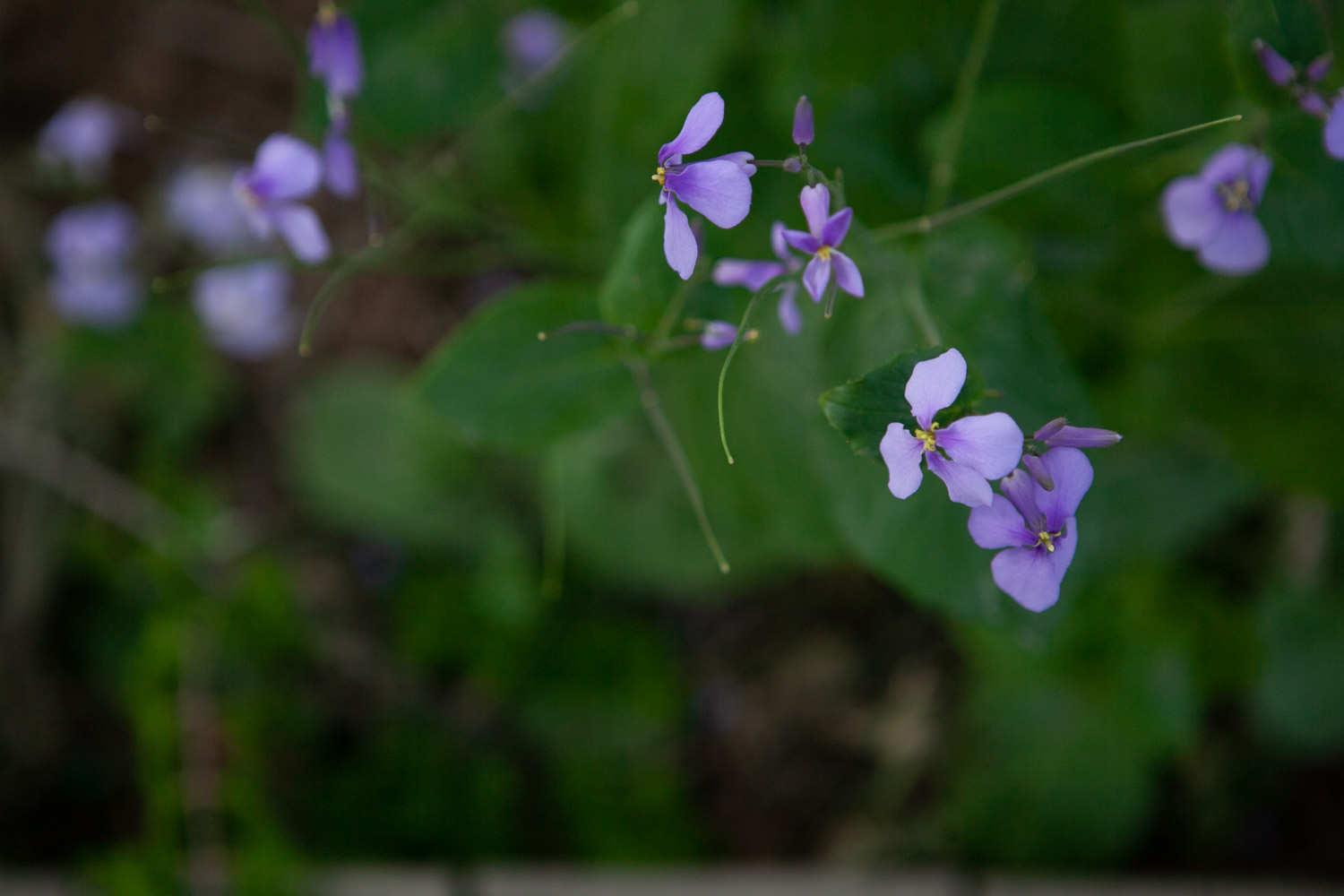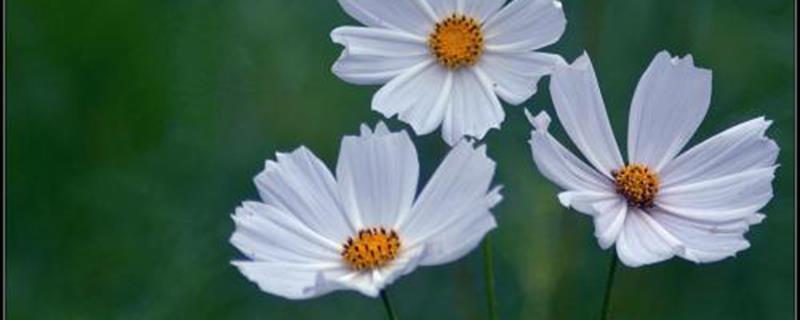February orchid cultivation methods and precautions
Last Update :2024.11.06
Article Catalog
Precautions for breeding February orchids
February orchid is named because it begins to bloom in February, but it also has another name: Zhugecai, which is both a vegetable and a flower, and its stems and leaves are edible. The editor below will introduce to you the breeding methods and precautions of February orchid, which is used for both viewing and eating!

How to sow February orchids
Sowing method of February orchid
Sowing time
The most common method to obtain February orchid is to sow it, which has the ability to resist drought and cold. Strong and easy to sow. Usually sown from August to September every year, after a long winter, they can bloom in late spring!
Sowing method
First prepare the pot soil, and try to choose a medium-deep and wide flower pot, so that the planting effect will be better. Fill the flower pot with soil mixed with garden soil, perlite, and plant ash, and add a small amount of base fertilizer.
Sow the prepared seeds evenly in the pot, cover with a thin layer of soil, water thoroughly, cover the pot with glass or film, ensure a certain temperature and humidity, and manage it normally. When the seedlings grow, add sunlight in time.

How to breed February Orchid h2>
Water and fertilizer requirements
February orchid is a kind of wild flower and wild vegetable. It is easy to manage and does not require you to be careful. Just remember to water it regularly.
February orchids like fertilizer. Sufficient nutrients can make February orchids grow robustly and promote flowering. Generally speaking, you need to fertilize four times a year: once in early spring when the flower buds grow, once after the flowers fade, once after fruiting, and once before winter. Of course, during the growth process of February Orchid, potassium dihydrogen phosphate solution can be sprayed appropriately. The flower color will be more colorful and the fruit will be fuller.
Repot and pruning
Potted February orchids have relatively high requirements for potting soil (do not compare with those planted in the open field, there is no comparability), so they need to be replaced every year during the maintenance period. once. Garden soil, perlite, plant ash, and an appropriate amount of base fertilizer are usually used.
In order to ensure the good viewing effect of the February Orchid, it is necessary to control its lack of strength, so pay attention to pruning it during the fruiting period, and cut it to a height of 10 to 15 cm. Don’t be reluctant to part with it!

Precautions for February Orchid Breeding h2>
The maintenance method of February Orchid is very simple. There are no strict requirements on temperature and humidity. As long as the environment is uncomfortable and harsh, it can grow well.
In addition, February orchid is also a common wild vegetable. Its stems and leaves are rich, which is beneficial to human health. However, looking at the flowers and eating vegetables are contradictory, so there are fewer plants in the family. If you If you don’t have a heart for flowers, you might as well plant them as wild vegetables!
How to grow February orchids
Precautions for breeding February orchids
- END -
How to grow goat milk flowers and precautions

Soil: Sandy loam is the best for nursery land, with a slight slope to facilitate d...
The difference between Gesang flower and Cosmos flower

Differences in plants: Gesanghua plants are tough and like sunlight, while Cosmos ...